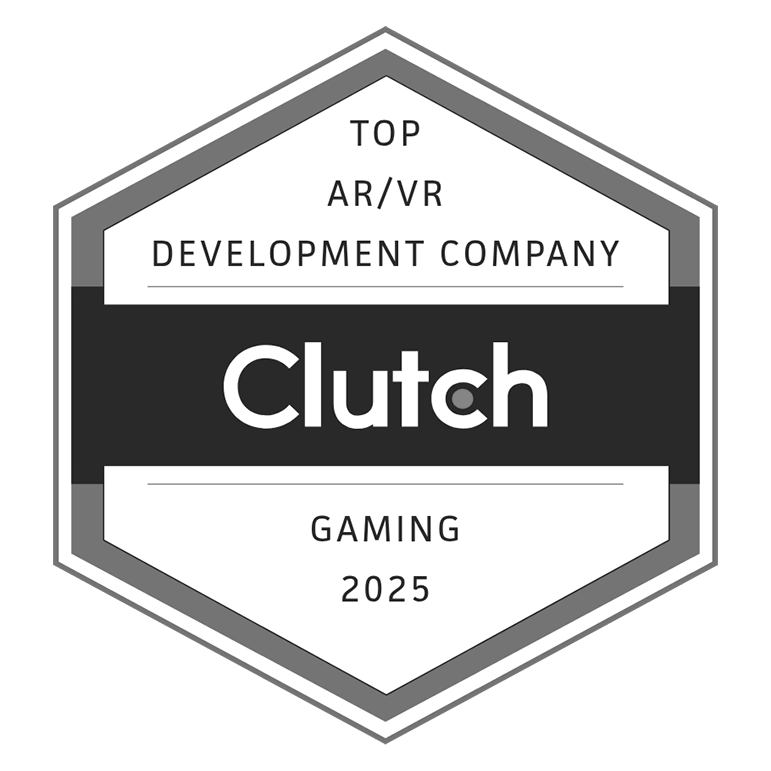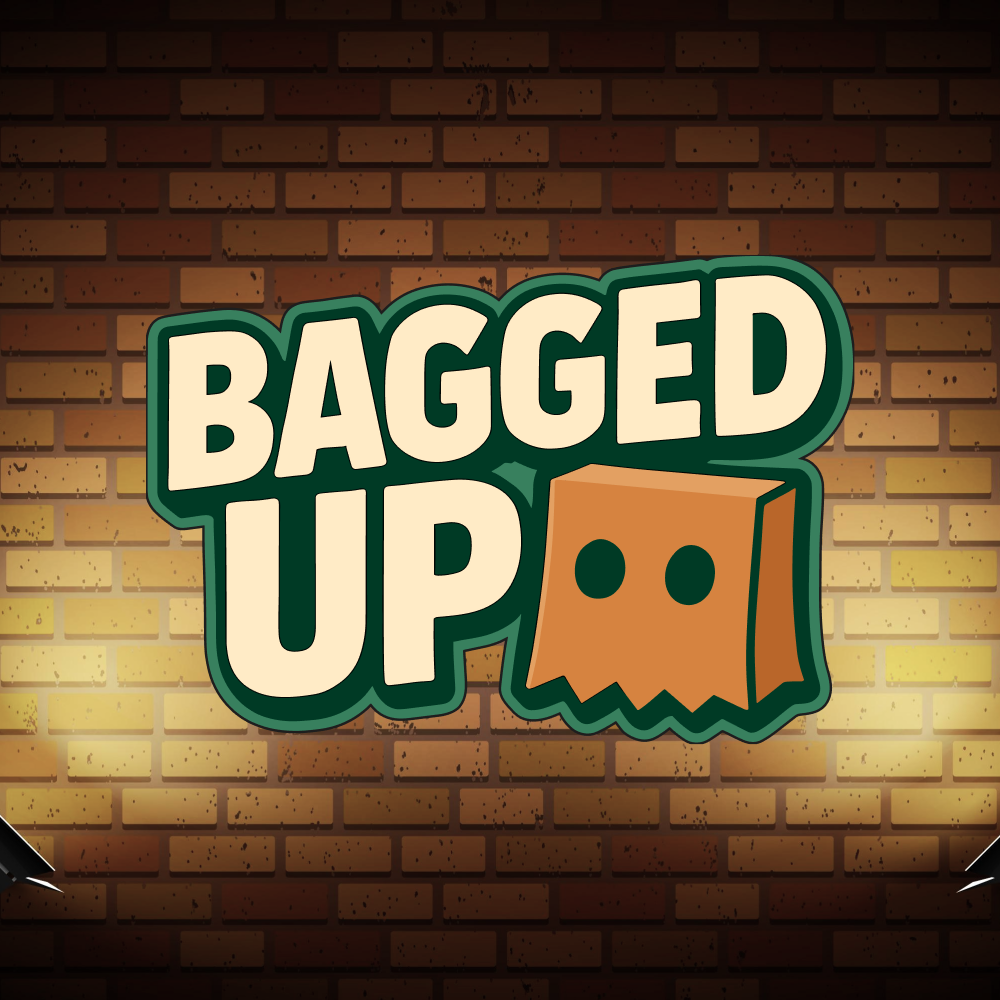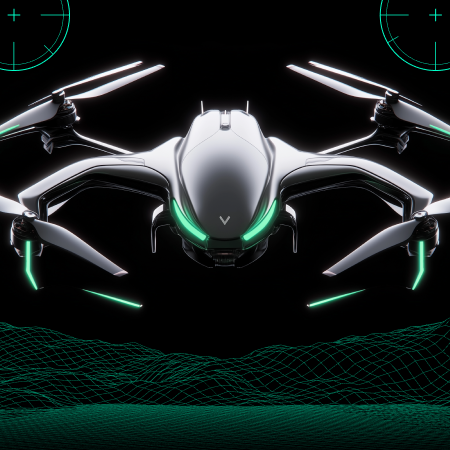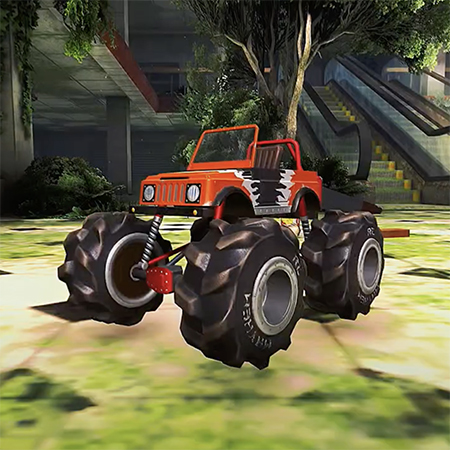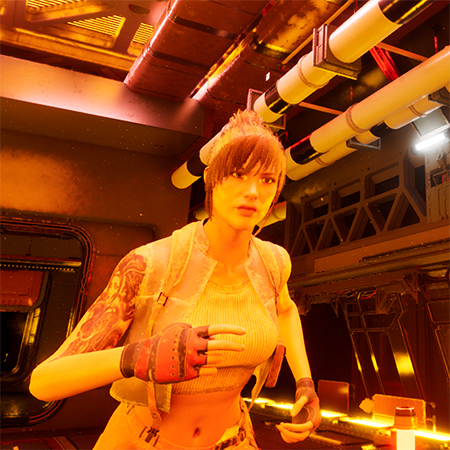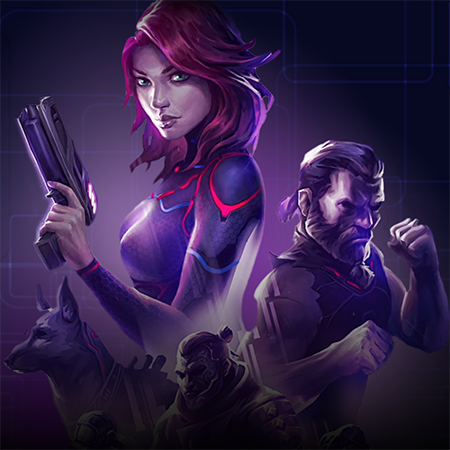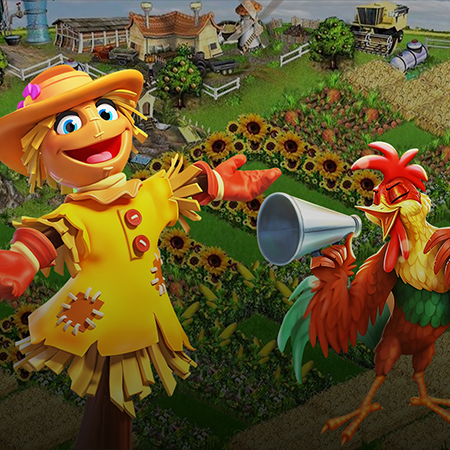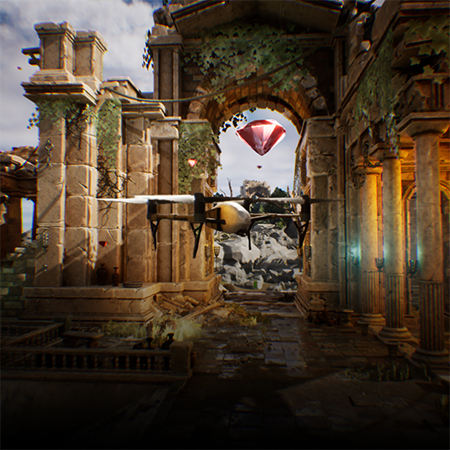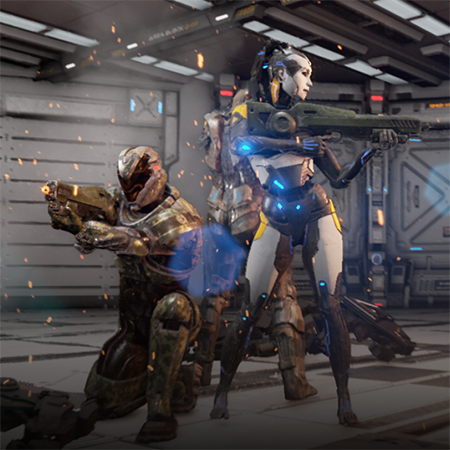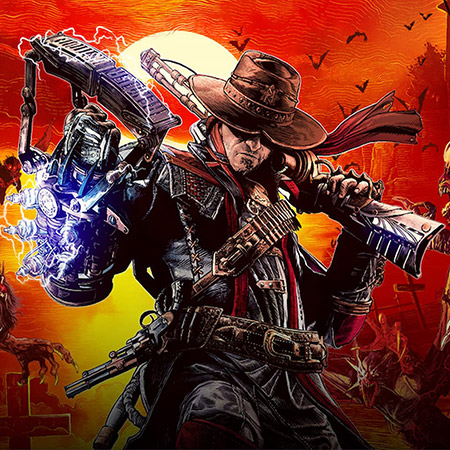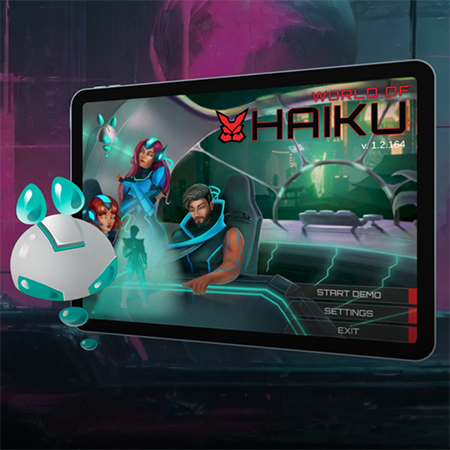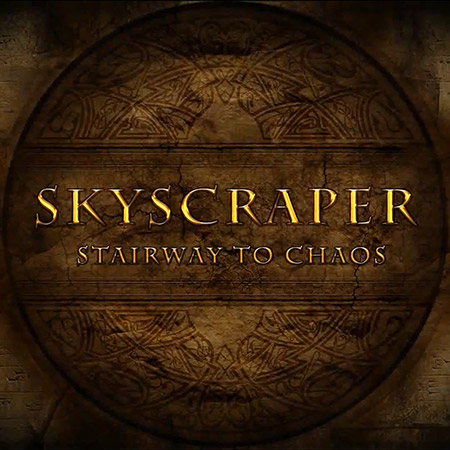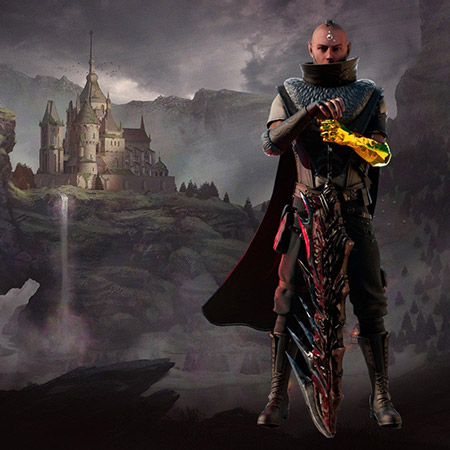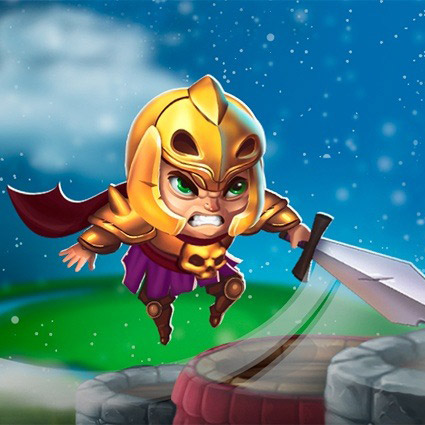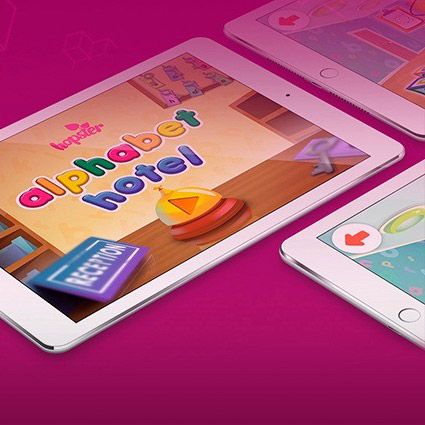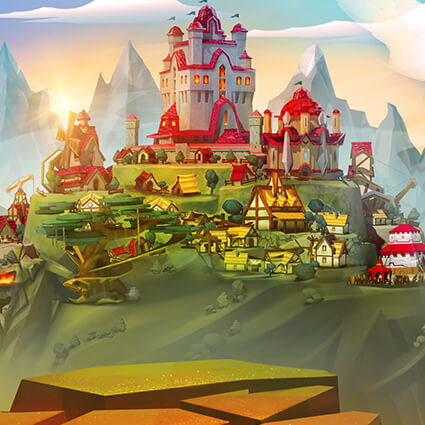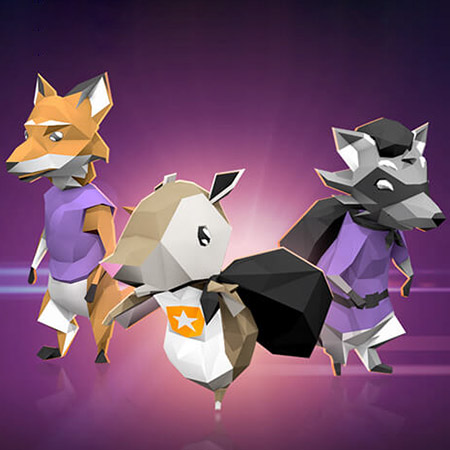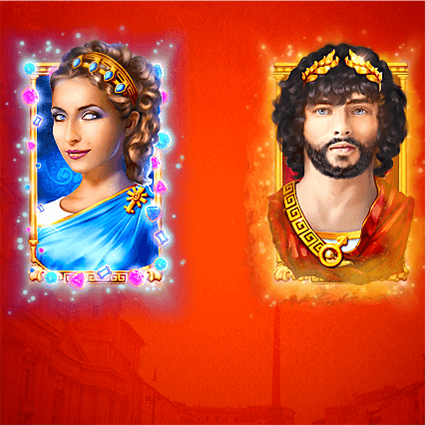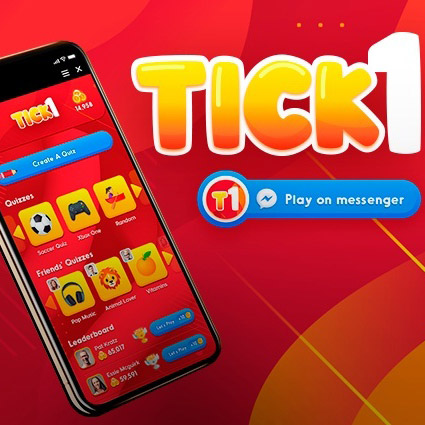Everybody knows what video game characters are, right? The same might go for those linked to the blockchain, but that’s not the case. In light of the NFT craze, the gaming community has raised a wave of interest toward video game characters whose data is stored on decentralized systems of so-called Web 3.0.
NFT games continue to evolve inside their own play-to-earn niche that allows players to gain financial profit from merely entertaining themselves in a virtual world. Thanks to the GameFi concept, communities not only play their favorite video games but also earn real-life money in the form of cryptocurrencies like Ethereum.
The rise of NFT game development services also spurs interest in how it works beneath the hood. In this article, we’ll explain what NFT video game characters are, how professional developers create them, and what types of them you can turn into collectibles. Let’s get started and unveil this mystery!
What Are NFT Game Characters?
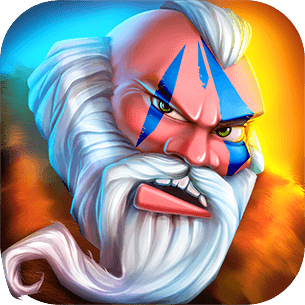
Before answering the question of what game character NFTs are, we deem it reasonable to shed more light on NFT games themselves. Standing for non-fungible tokens, as the name suggests, NFTs are cryptocurrencies whose each item holds unique and unparalleled value as opposed to, say, Bitcoin. That’s why related video games often rely on the mechanic of collecting weapons, armors, movesets, or even characters.
Although NFT games are developed using the same basic technologies as traditional ones, including game engines, code editors, etc., they also need to be integrated with blockchain as well as crypto wallets. Technically, NPCs and playable characters from NFT games share all the features of ones from other game types. So what makes them so different?
The answer lies in smart contracts and related certificates of ownership. In brief, a smart contract is a self-executing protocol acting as the agreement terms between two parties, one willing to sell a token and one — to buy it. All the data concerning each transaction are stored on a decentralized blockchain network.
So when one player intends to purchase an NFT inside an in-game marketplace, the smart contract automatically adds a few lines of code that prove a new party’s ownership of that item. Precisely, that’s what makes game characters’ NFTs so unique. Depending on a player’s desire, they can be earned, played, collected, bought, and sold.
What NFT Game Character Type Better Fits Your Case?
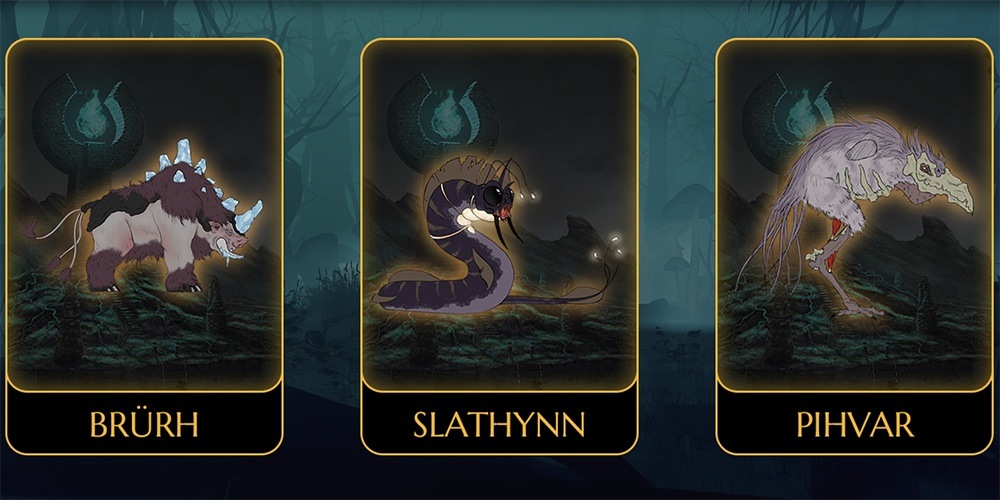
Undoubtedly, all NFT game art must be converted into specific assets, some of which can become tokens in the long run. For instance, weapons, armors, props, and, of course, characters are often morphed into non-fungible tokens, which players can earn, trade, buy, or sell on specific in-game marketplaces.
Nevertheless, you should remember that not all NFT game character types match your specific genre. Furthermore, aside from playable characters, there are also multiple variants of NPCs, each having a different purpose in a game. That’s why it’s essential to be aware of each type and know where as well as how to use them.
NFT Characters as Collectibles
One of the most popular and widely applied models of NFT game characters presupposes the collecting element. Players are fond of earning and storing valuable items without even trading them for real money. For example, one crypto game called Nomadland enables you to win unique weapons or armor but also tame creatures, collecting them as NFTs.
Collecting not only items but also in-game non-aggressive creatures, enemies, plants, or even humans is gradually becoming a trend. So it’s a thing to consider for your future NFT game because players are keen on collecting assets, whether they are living beings, clothes, or weapons.
NFT Characters as NPCs
What are NPCs? Well, this abbreviation stands for non-playable characters. They inhabit in-game worlds, both open and level-based, with quite a straightforward mission — to entertain a real player. Most often, NPCs serve as player companions, regular residents, quest providers, or passive animals inhabiting certain biomes.
Obviously, if some NPCs are NFTs or merchants selling such items, there must be a game mechanic allowing players to either turn these characters into collectible ones or trade in-game tokens with their help. There’s a multitude of ways to implement this mechanic.
Controllable NFT Characters
NFT game characters aren’t always either enemies or NPCs. Sometimes you can even collect playable characters, just as you do in Genshin Impact, with the only exception that these characters aren’t integrated with a blockchain, so they aren’t technically NFTs. Collectible NFTs have become a global trend, so it’s not a gimmick. Just look at the numbers — global NFT art sales reached more than $2.5bn in 2021 compared to $20m in 2020.
Controllable NFT game characters are one of the most exploited models of integrating blockchains into video games. They add a touch of interaction and maximize player engagement, which stimulates users to spend more time inside a certain game in the long run. Even when players lose interest in some playable NFT character, they can always sell it and buy or earn a new one. Isn’t it a great option to expand players’ control over assets?
The Future of NFT Game Characters
There’s no denying that, in the near future, NFTs and blockchain technology supporting their functionality are expected to dictate the new game development rules for the industry. If you are already interested in how to create an NFT game with collectible and playable characters, it’s time to talk about the future of crypto-based characters.
We already know they are the same good old video characters made either of 2D sprites or 3D meshes. The only difference lies in blockchain integration and in-game mechanics of use. If you consider building an NFT game, you shouldn’t forget about NFT gaming marketplace development. After all, your players will need this platform to buy, sell, and trade NFTs.
What Is the Role of NFT Characters in the Metaverse?
Since it’s always good to gain insight into the future of a particular technology and make more research-based decisions, it’s time to touch upon the metaverse concept. The role of NFT game characters inside giant virtual realms isn’t new.
In addition to human avatars representing actual metaverse users, corporations responsible for these worlds’ functionality should consider adding NFT NPCs to inhabit an empty environment. Also, you should consider taking advantage of what our metaverse consulting company offers to become more aware of all the pitfalls you can quickly avoid if you know how.
Given that the metaverse is foreseen as a harbinger of Web 3.0 and the new paradigm for the internet, communities will fervently discuss the part of NFT characters as they add extra value for visitors. People are passionate about collecting stuff, let alone earning financial profit from entertainment, whether it takes place in an NFT game or inside a metaverse. Thus, NFT gaming platform development in a metaverse opens additional opportunities for its owners and users.
How to Mint In-Game NFT Characters?
Without a doubt, a textured, rigged, skinned, animated, and integrated into a game engine model isn’t referred to as an NFT right out of the box. Before endowing a 2D or 3D game character with the NFT title, it must be minted on a blockchain, just like any other cryptocurrency. What adds uniqueness is stored inside each NFT’s metadata. Due to digital ledgers, you can easily prove the authenticity of your ownership of a certain game asset.
Without smart contracts and blockchain, your favorite 3D NFT character would be just a mesh displayed in three dimensions on a two-dimensional screen or virtual environment. In order to turn this geometrical web of polygons into an NFT, you need to mint it using, for example, the Metamask browser extension, which is a crypto wallet. Notably, the entire event occurs behind the scenes in the back end of a blockchain of your choice.
The Technology Under the Hood of NFT Characters
As mentioned above, it takes a few seconds and a minting process itself to create an NFT video game character. In addition, a person willing to mint a token is often asked to pay a gas fee whose price varies depending on a chosen blockchain network. Terminologically, gas fees imply payments required to carry out in order to complete a blockchain transaction.
Everything is heavily dependent on the crypto market fluctuations and blockchain use. There were times when one transaction on Ethereum cost about $200. However, sometimes they drop down to approximately $15. Therefore, a blockchain, coupled with smart contracts, power up the whole NFT story, which, in turn, relies on social interest and market changes.
Make the Best NFT Game Characters with Game-Ace
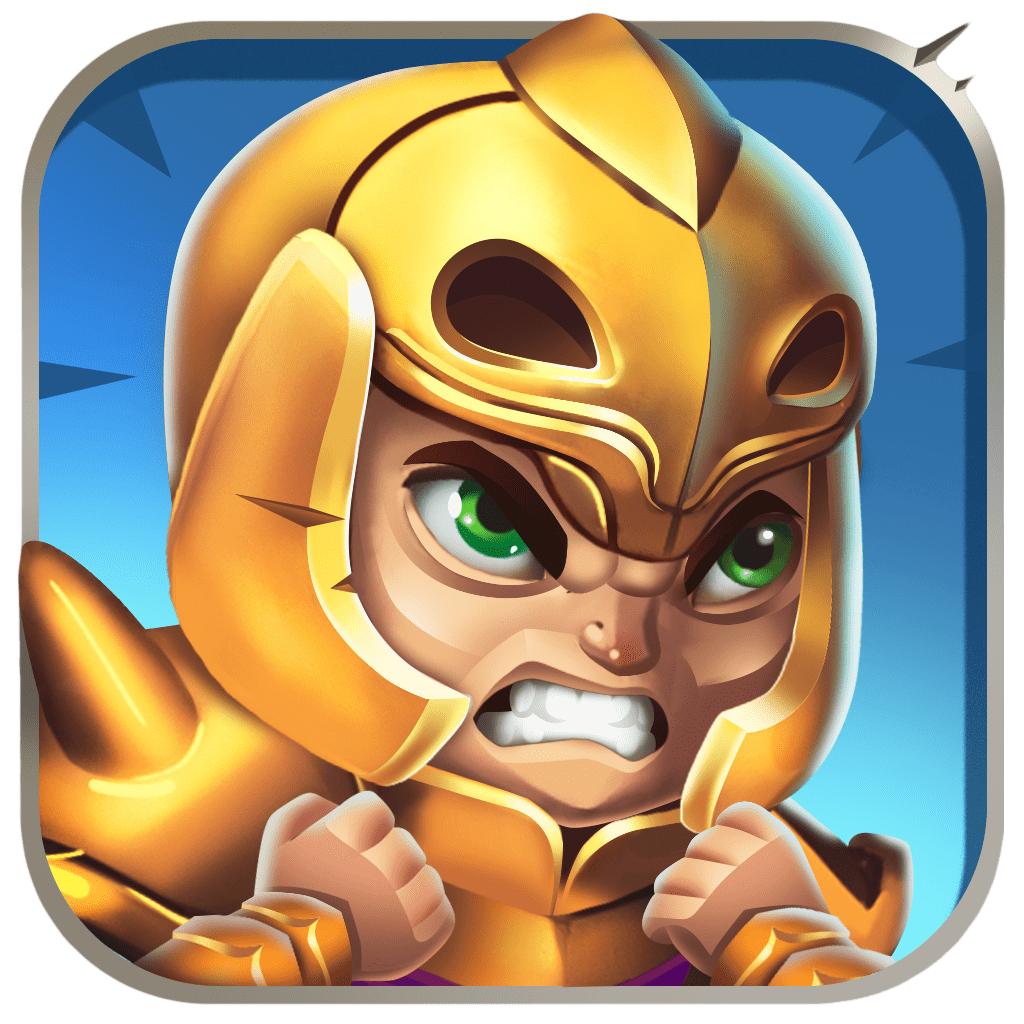
Knowing everything about NFT game characters, you can quickly dive into creating your own crypto game relying on a GameFi model. However, isn’t outsourcing it all a better option? Or maybe it’s more cost-efficient to augment your in-house team? You’ll need a reliable custom game development agency for these and other values. Fortunately, Game-Ace is here!
Just contact us and receive quality support for your NFT game project. As a turnkey full-cycle game development studio, we can quickly cover your back, so don’t hesitate.

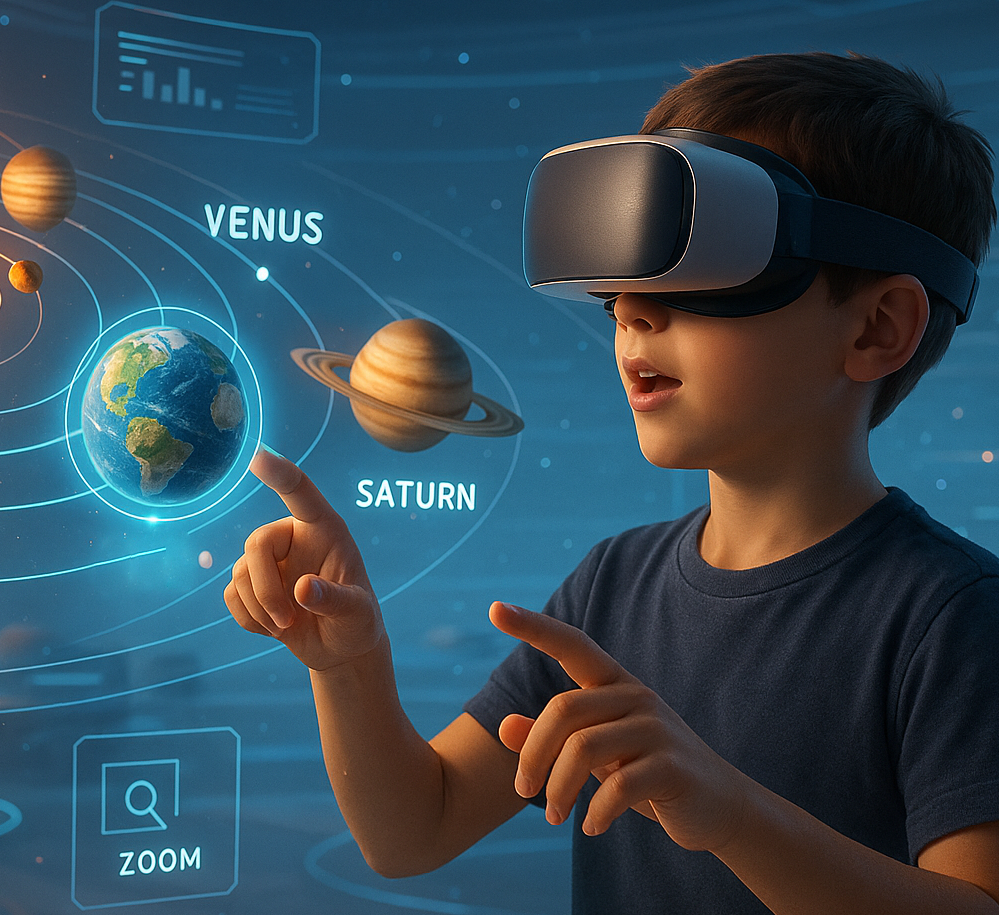 How to Design Learning Games That Teach Real-World Skills to Young Learners
How to Design Learning Games That Teach Real-World Skills to Young Learners 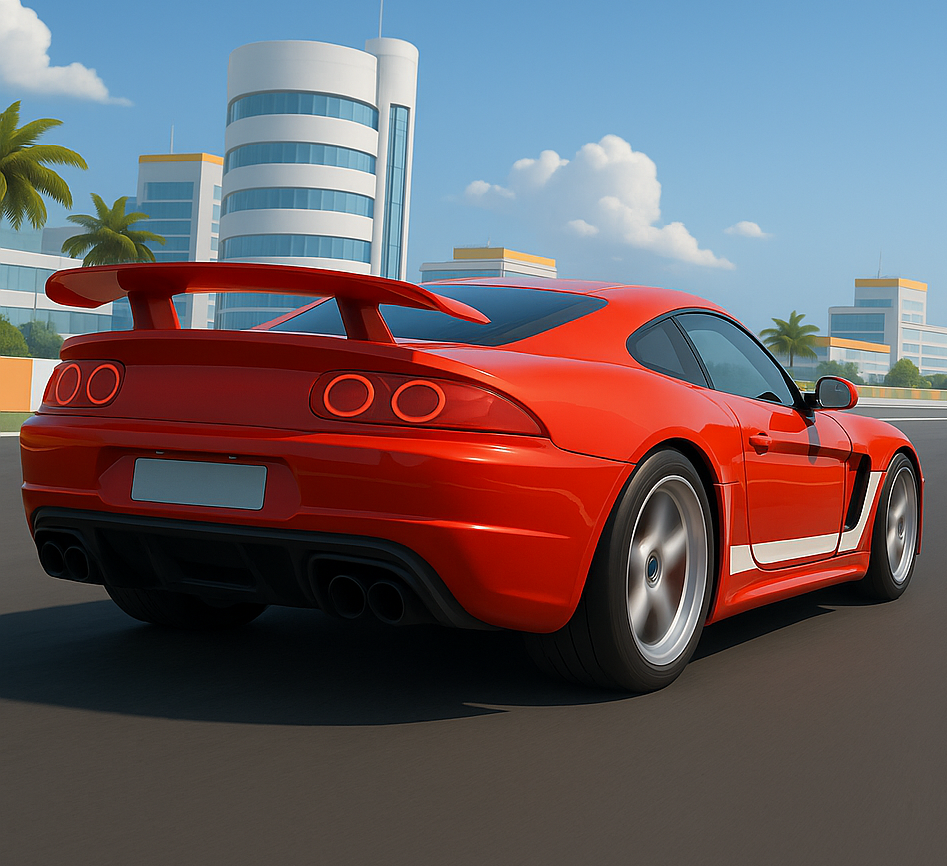 Behind the Beeps: How Arcade Game Design Still Shapes Interactive Entertainment
Behind the Beeps: How Arcade Game Design Still Shapes Interactive Entertainment 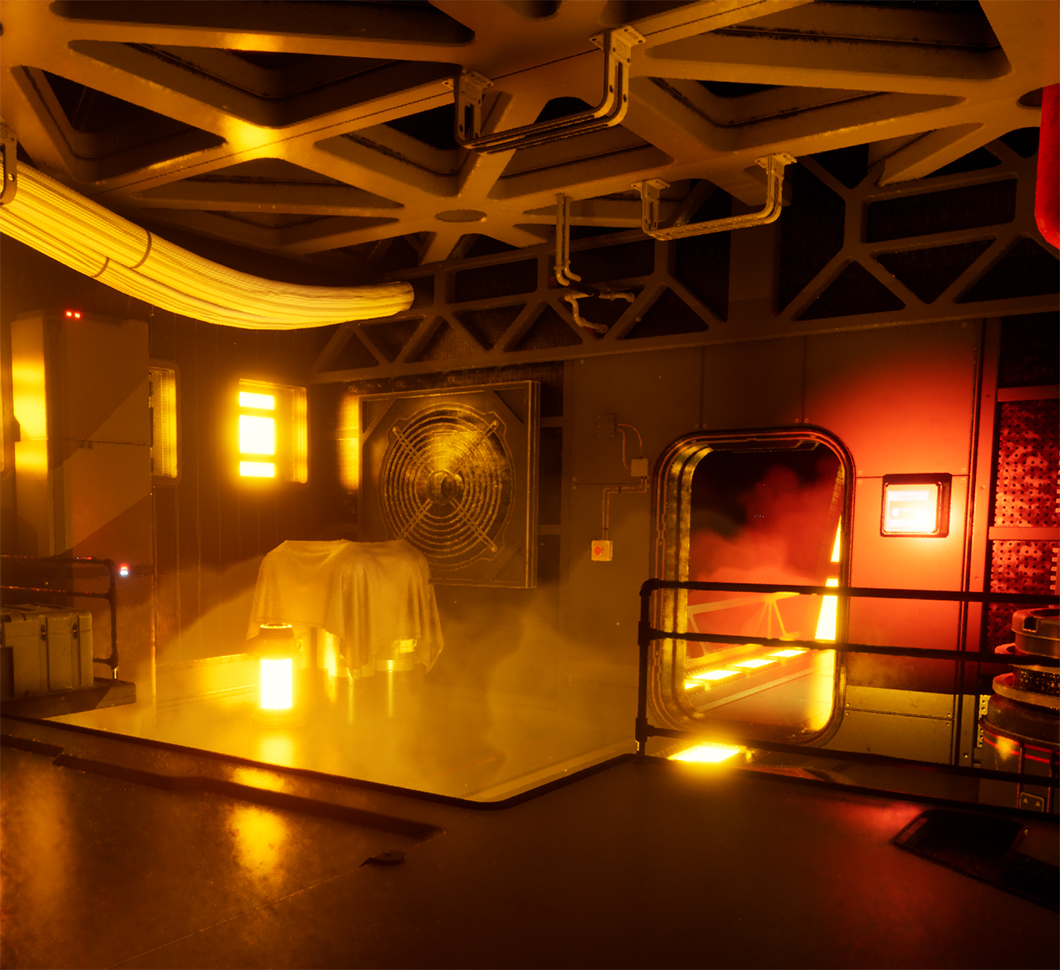 Crafting Immersive Worlds: The Power of Game Environment Design
Crafting Immersive Worlds: The Power of Game Environment Design 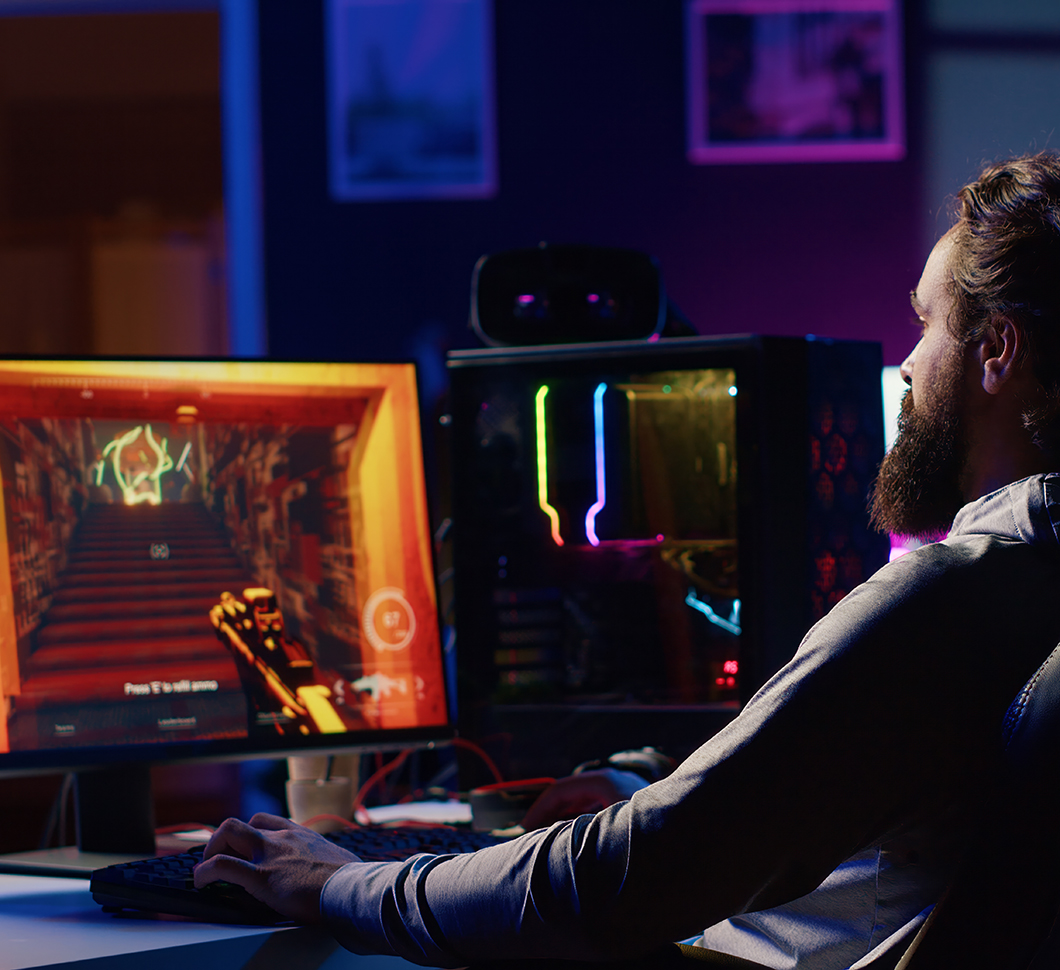 Mastering Narrative Game Design for Unforgettable Player Experiences
Mastering Narrative Game Design for Unforgettable Player Experiences 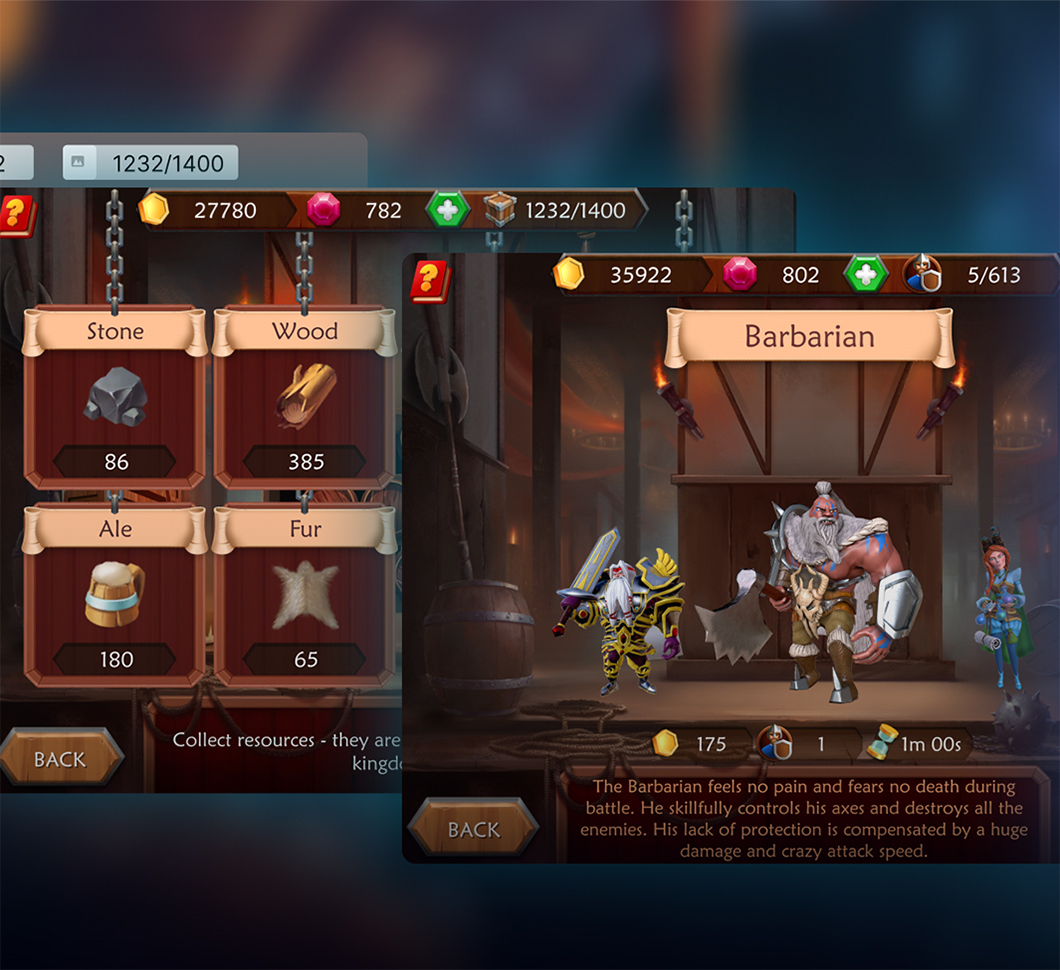 What Is Game UX? The Complete Guide for 2024
What Is Game UX? The Complete Guide for 2024 








